27. maj 2025
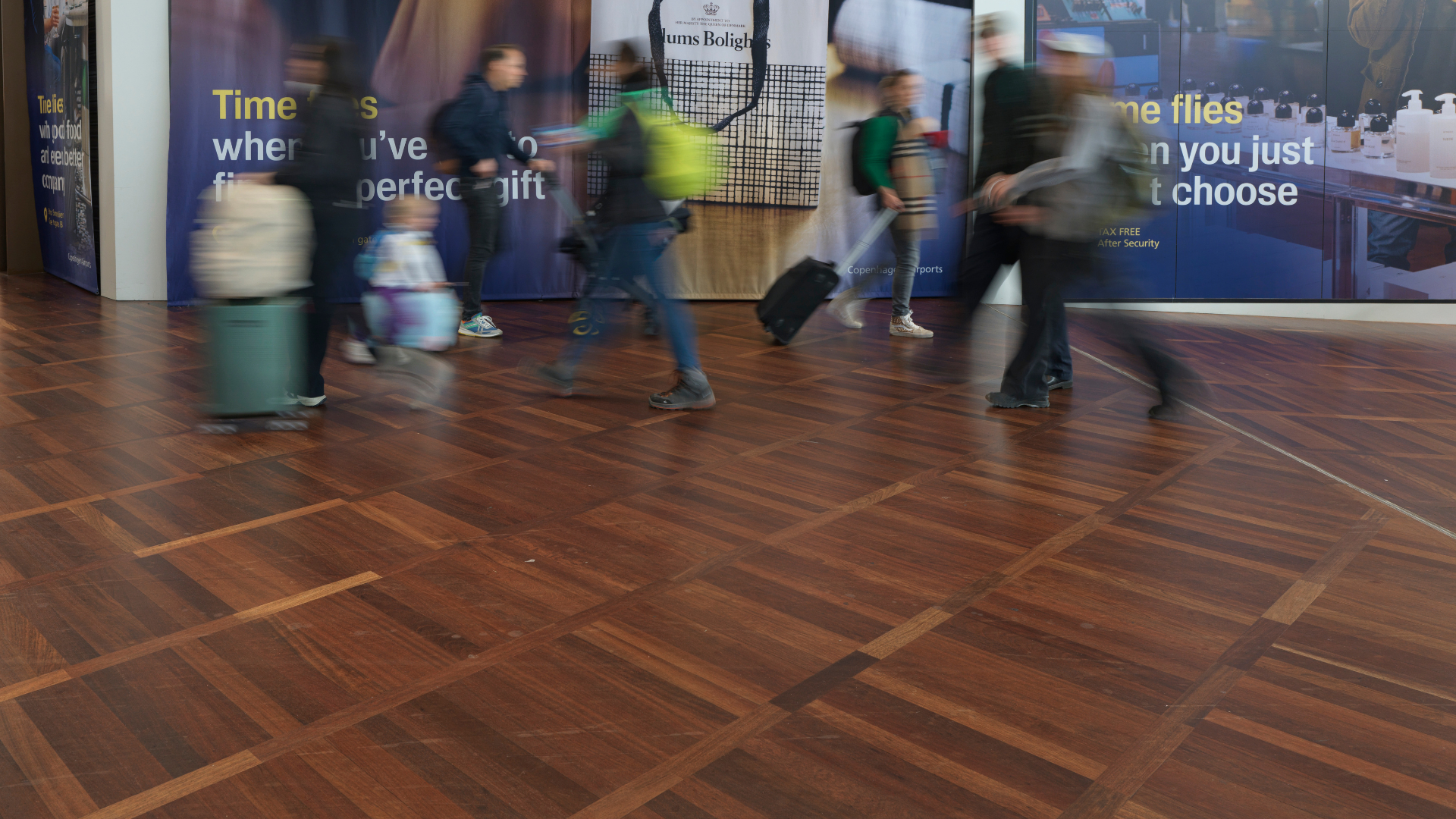
Josefine Alstrup
When Vilhelm Lauritzen designed Terminal 2 of Copenhagen Airport in 1960, he didn’t just plan a building – he crafted a journey.
Designing Transitions: How Flooring Shapes the Journey at Copenhagen Airport
When Vilhelm Lauritzen designed Terminal 2 of Copenhagen Airport in 1960, he didn’t just plan a building – he crafted a journey. Inspired by his earlier 1939 airport terminal, Lauritzen introduced a thoughtful spatial division between landside and airside areas – and marked this transition in a subtle yet powerful way: with a change in flooring.
Travellers arriving in the tall, city-like departure hall would check in at ground level on light sandstone flooring – a durable material, chosen for its ability to withstand rain, wind, and the wear of arriving footsteps. From there, passengers would ascend to the first floor, where a warm wooden floor welcomed them, signalling the shift from city to sky.
This material contrast didn’t just serve a functional purpose – it created a spatial rhythm. The tall ceiling of the arrivals zone gave way to a more intimate, comforting atmosphere above. The floor underfoot helped mark the beginning of the airborne phase of the journey.
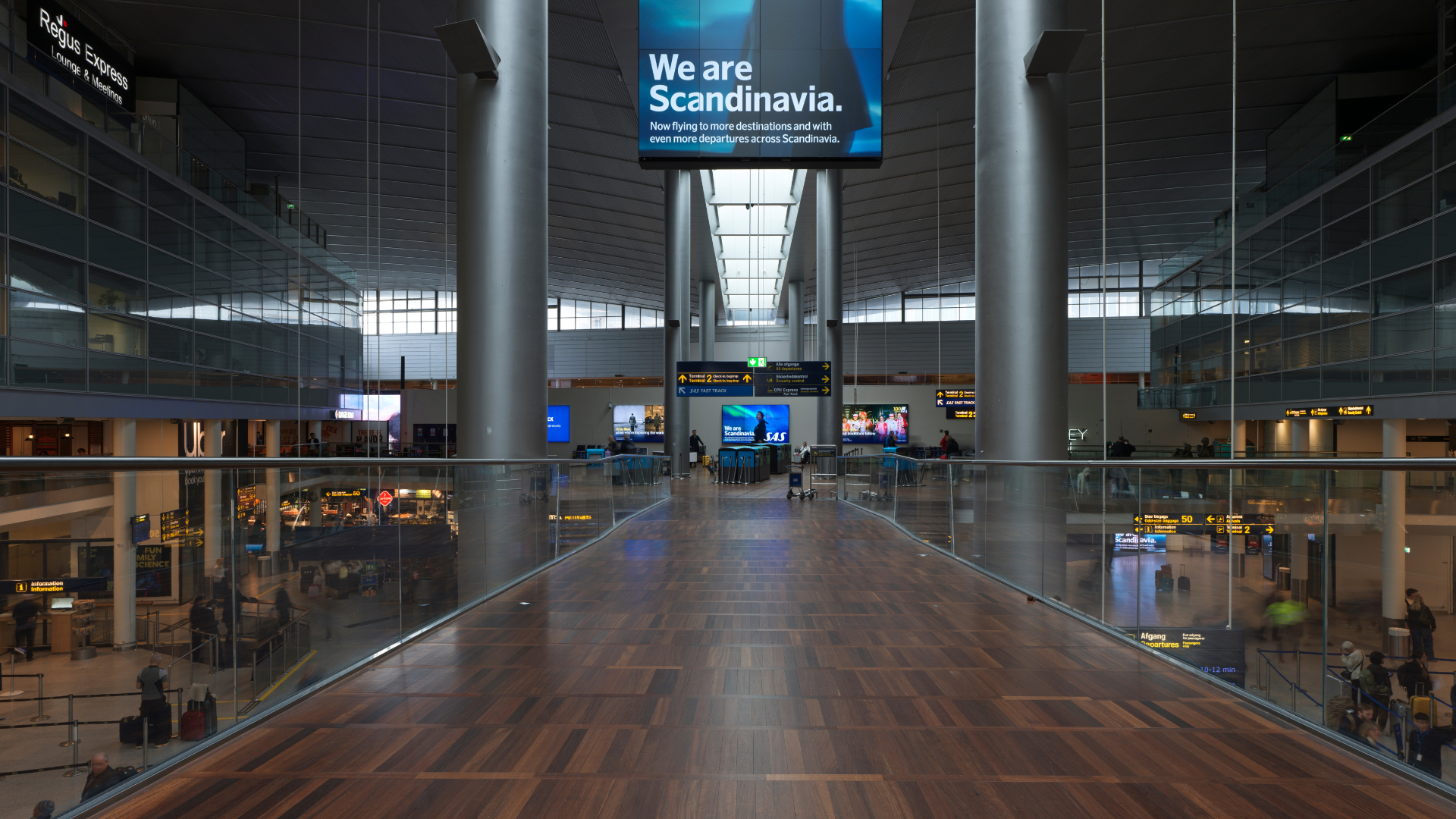
A Signature Wood for the Airside
Lauritzen’s airside featured dark, elegant Jatoba laid in a ladder pattern – a signature design choice that still defines Copenhagen Airport’s terminals to this day. Jatoba was later used under the sweeping curves of the paper plane roof in Terminal 3 (opened in 1998) and is planned again for the future Terminal 3 expansion in 2028.
Why Jatoba? It’s a heavy-duty wood, with a medium density of around 900 kg/m3 – roughly 30% denser than oak or iroko. Its durability and dimensional stability make it ideal for high-traffic flooring, especially when laid in detailed patterns like the ladder format.
Fit for 30 Million Travellers
Copenhagen Airport sees close to 30 million passengers per year. Add to that the constant movement of rolling service trolleys on hard wheels, and the demands on the floor are immense. But the Jatoba parquets, treated with daily cleaning, round-disc polishing, and oiling as part of a structured nightly maintenance programme, hold up remarkably well.
Proper installation is key: with the right subfloor construction and glue, even under pressure and vibration, Jatoba remains resilient, stable, and beautifully intact.
Architecture That Thinks Ahead
Lauritzen’s use of flooring as a tool to mark spatial and experiential shifts wasn’t just poetic – it was also pragmatic. The transition to wood away from the entrance zones protects against moisture and excessive wear, especially around check-in counters. Even in dry zones, poor layout choices can cause premature wear – but well-placed, well-chosen floors can prevent it.
At Copenhagen Airport, the floor is more than a surface. It’s part of the architecture’s intelligent choreography – guiding, protecting, and enriching the passenger experience at every step.
Author and photographer: Bjarne Lund Johansen
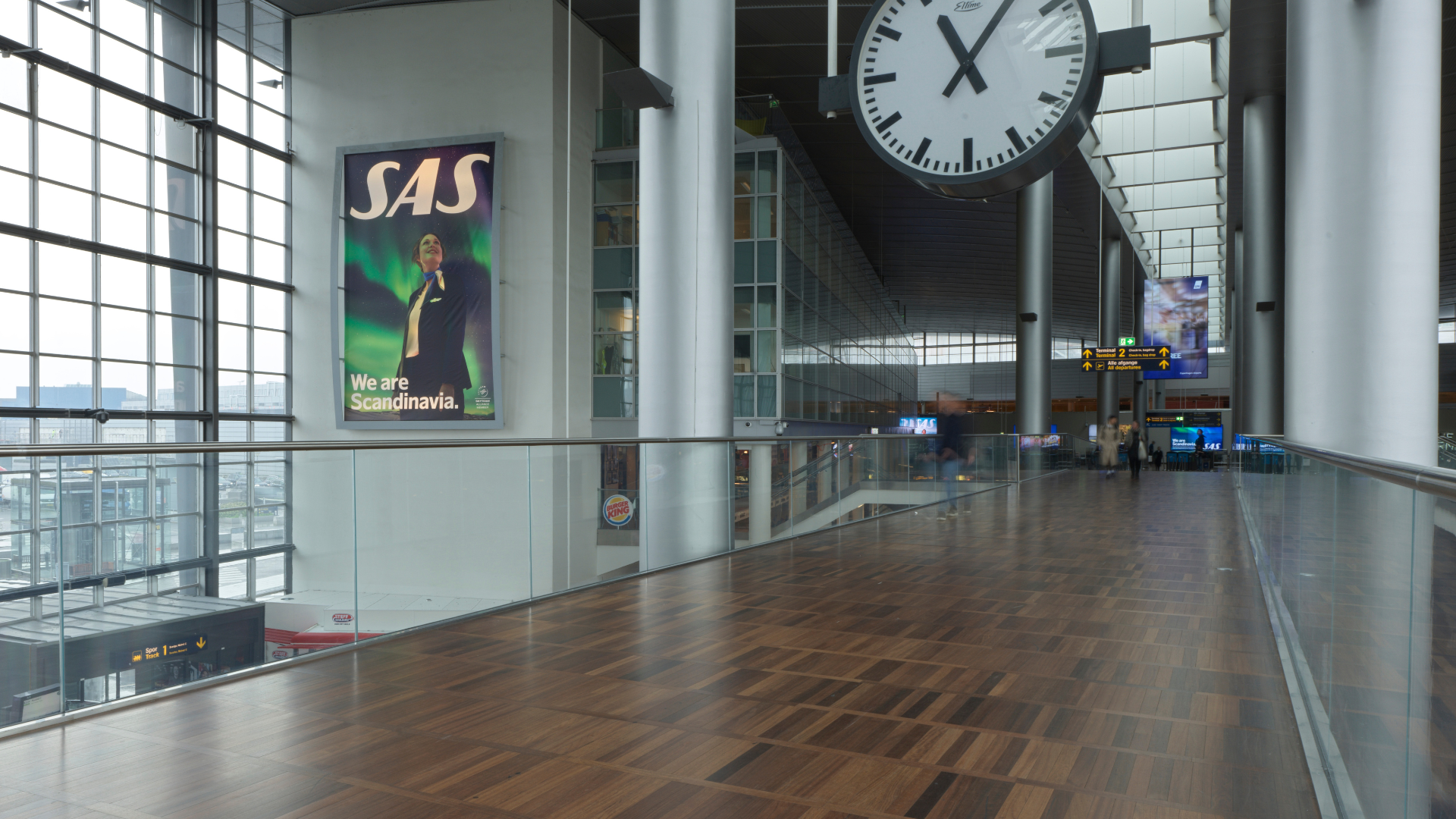
Explore more stories
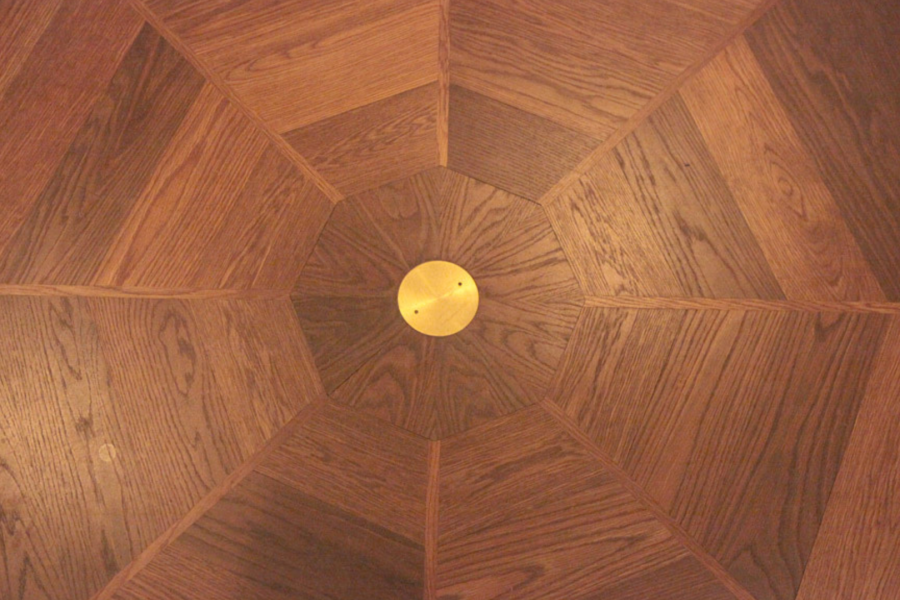
A Restoration Of Rarity
16. december 2025
Hidden in the historic heart of Copenhagen stands a museum unlike any other. Davids Samling is not loud, not sprawling, not crowded with architectural gestures.
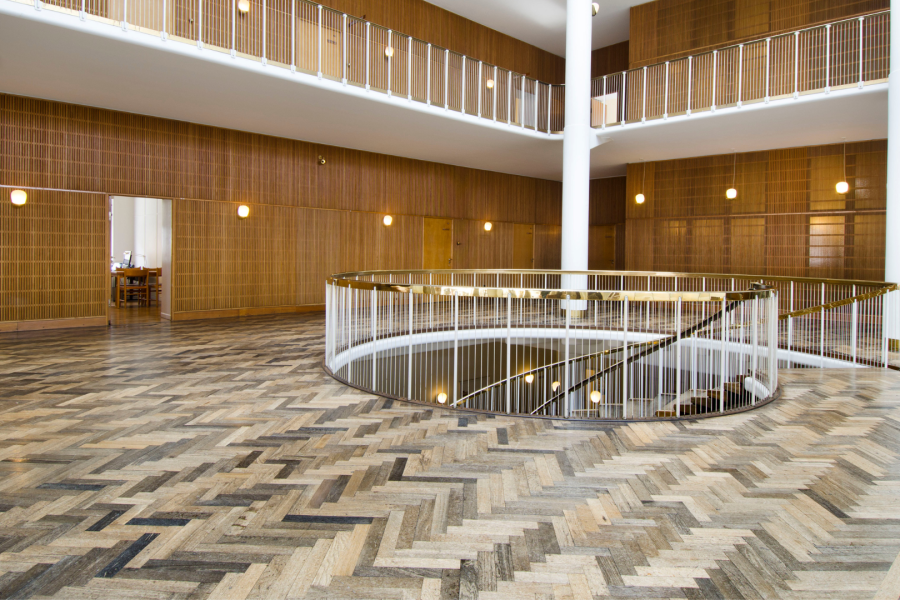
Crafting Cultural Landmarks
09. december 2025
Across Denmark, some of our most beloved public buildings share a quiet commonality: they are created by architects with courage and conviction.
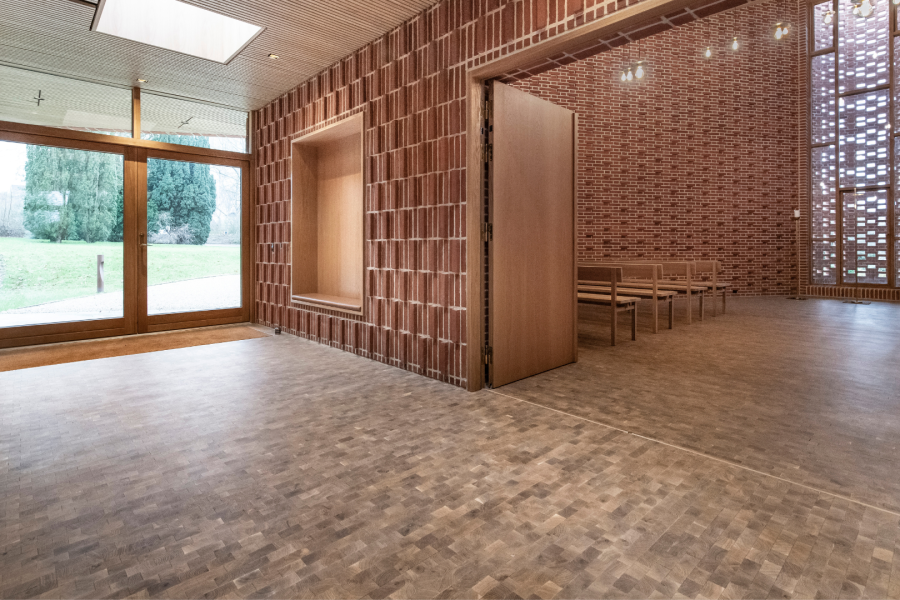
Handcrafted Harmony
09. december 2025
In the quiet town of Odder stands a chapel that redefines simplicity. Designed as a space of reflection and farewell, anyone is free to enter.



